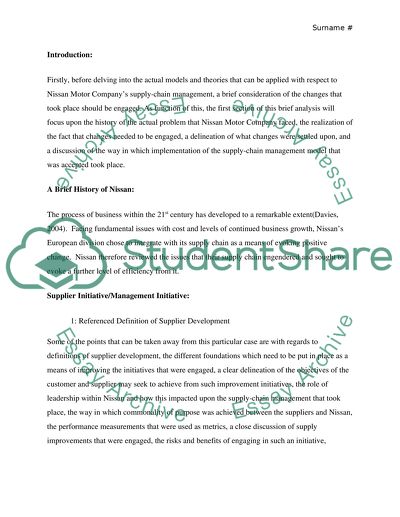Cite this document
(“Supply Chain Management Essay Example | Topics and Well Written Essays - 2000 words - 1”, n.d.)
Retrieved from https://studentshare.org/marketing/1493117-supply-chain-management
Retrieved from https://studentshare.org/marketing/1493117-supply-chain-management
(Supply Chain Management Essay Example | Topics and Well Written Essays - 2000 Words - 1)
https://studentshare.org/marketing/1493117-supply-chain-management.
https://studentshare.org/marketing/1493117-supply-chain-management.
“Supply Chain Management Essay Example | Topics and Well Written Essays - 2000 Words - 1”, n.d. https://studentshare.org/marketing/1493117-supply-chain-management.


